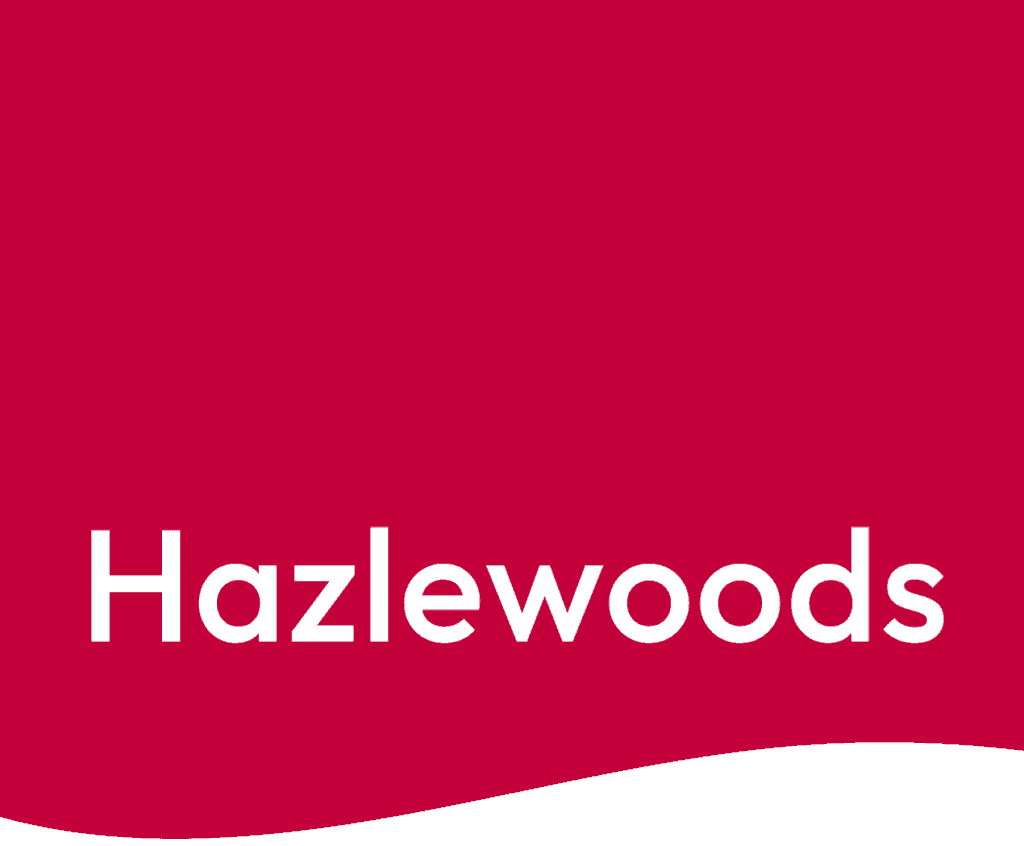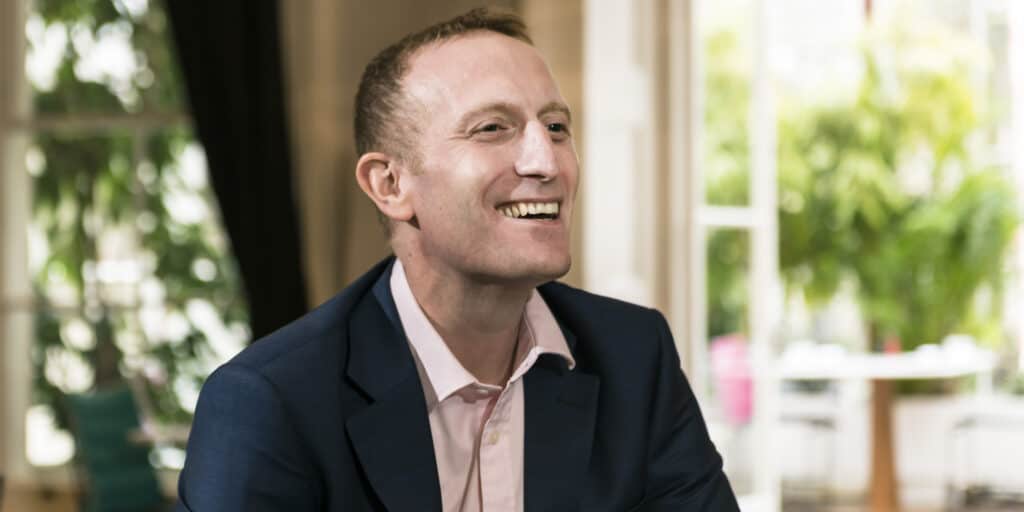As another tax year draws to a close, now is a good time to take stock and consider whether all allowances and reliefs have been maximised as far as possible and whether any action needs to be taken before the new tax year begins. We have set out below our top ten tips to consider.
Description |
Relevant to: |
Possible action |
|
1 |
Director/shareholders of owner managed businesses should review their remuneration package in advance of the new tax year to ensure that it is as tax efficient as possible. | Director/ shareholders. | Consider paying a combination of low salary, high interest and dividends. This could result in tax free income of up to £19,070 in 2024/25 and 2025/26 and double that for couples, if structured correctly and depending on the specific circumstances of the individual.
Read more here. |
2 |
The tax-free dividend allowance is £500 for 2024/25 and 2025/26. | Director/ shareholders | Where possible ensure that dividend allowances have been fully utilised by 5 April 2025. Spouse planning could also be considered (if they are not already a shareholder) to double the available (although now quite modest) tax-free allowances. |
3 |
The personal allowance is reduced by £1 for every £2 of net income over £100,000 meaning that those with income of between £100,000 and £125,140 could have a marginal tax rate as high as 60%. | High earners | If your income is within this threshold, you could consider ways to reduce your taxable income such as making pension contributions, charitable donations, deferring income into 2025/26 or transferring income producing assets to your spouse. |
4 |
The personal savings allowance allows the first £1,000 of savings income to be paid tax free to basic rate taxpayers. This drops to £500 for higher rate taxpayers and nil for additional rate taxpayers. | Savers | If you are a director and have loaned money to the company, you could consider paying a commercial rate of interest on the loan to utilise this allowance. Note, however, that the company would need to deduct basic rate tax and submit a CT61 form to HMRC.
If you are a higher/additional rate taxpayer and you receive large amounts of interest, you could consider transferring savings held in your own name to your spouse. |
5 |
If you or your spouse’s taxable income exceeds £60,000 for the tax year this could lead to a claw back of child benefit under the high-income child benefit charge. Once taxable income reaches £80,000 the benefit will be lost in full. | Parents | Reducing, deferring or transferring taxable income as described for higher earners above could help to preserve this benefit.
If you do not currently claim child benefit it may be worth revisiting following the increase in thresholds for 2024/25. It may also be possible to get a back payment for up to three months prior. |
6 |
Up to £1,260 of your personal allowance can be transferred to a spouse or civil partner if neither of you are higher rate taxpayers, by virtue of the marriage allowance. | Spouses | A transfer of allowance claim is easy to make and can be of benefit where one spouse has income of less than the personal allowance (currently frozen at £12,570), with a tax saving of up to £252 per annum. |
7 |
Mortgage interest relief for owners of furnished holiday lets will be restricted to the basic rate of tax (in line with other residential properties) which can result in significant effective tax rates for some landlords, particularly higher earners. | Investment property/ FHL owners | A review of your operating structure could be undertaken to see if the arrangements can be made more tax efficient. This could include incorporation, spousal transfers or use of partnerships. |
8 |
There are various Government backed investment platforms, such as enterprise investment scheme (EIS), seed enterprise investment scheme (SEIS) and venture capital trusts (VCT), that give the incentive of income tax relief in exchange for the underlying investment carrying a varying degree of commercial risk. | Investors | If you have any surplus cash, you could look to make a tax efficient investment.
There are various options which typically offer income tax relief at 30% (but can be as high as 50%) and with tax free capital gains on disposal. It may also be possible to carry back an investment made in 2024/25 to 2023/24 to accelerate the tax relief. |
9 |
The capital gains tax annual exemption for all individuals is £3,000 for 2024/25 and 2025/26. Any unused exemption is lost.
Business asset disposal relief (BADR) rates are also set to increase from 10% to 14% in April 2025 and 18% in April 2026. |
Investors | Consideration should be given to the transfer of assets between spouses such that both utilise their annual exemptions on a subsequent disposal. Claiming/crystallising capital losses could also help to offset future gains with the reducing allowances.
If you are in the process of selling your business or thinking about doing so in the near future, timing could be key to try and access lower capital gains tax rates and claiming BADR. |
10 |
The annual allowance for pension contributions is £60,000 for 2024/25. This is reduced, however, proportionately for individuals with adjusted income above £260,000 by £1 for every £2 above this threshold down to a minimum limit of £10,000.
This reduction also only applies where your ‘threshold income’ (broadly taxable income) is also over £200,000. |
Higher earners | You could consider utilising your pensions allowance wherever possible as well as any unused allowances from the prior three tax years. |
Please get in touch if you would like any further information on the above.

